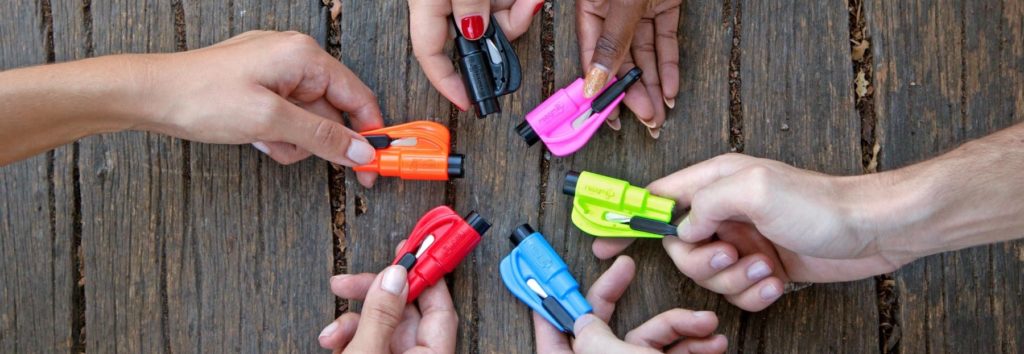
Autumn is here and the nation is cooling off. We’re falling off Daylight Savings Time (except in Arizona, Hawaii and most U.S. Territories), so it’s getting darker sooner, too. While many of us welcome cooler weather, you need to adjust your driving behavior and make sure your teen drivers are doing the same. Winter brings pretty much all the dangerous conditions for the roads: ice, sleet and snow. Throw in holiday shopping traffic and it’s quite a challenging mix.
Talk About Cold Weather Driving with Your Teens
Driving in cold weather is an experience that can’t be easily replicated, so you need to have a serious conversation with the younger drivers in your home.
You have already discussed the dangers posed by distractions, speeding and alcohol with your teens, but now it’s time to discuss the challenges posed by the end of Daylight Savings. Remind them that driving in the dark requires more concentration to see what’s out there and because roads start to freeze over when the sun goes down.
- They must drive more slowly when roads are icy or wet.
- Everyone must wear seat belts.
- Apply brakes sooner and more gently in icy conditions.
- Put more distance between the car and the vehicle in front of it.
- If they start to spin or slide, turn the wheel into the direction the car is going. It doesn’t sound right, but it’s the only way to get the car to straighten out.
Look Over Your Car With Your Teens
Before you take the car in for a seasonal tuneup, check it over yourself with your teens. DriveTime suggests a few basic things to review:
- Check wiper blades, which degrade more quickly in hot weather.
- Test your heater and defroster.
- Make sure there’s enough antifreeze.
- Verify all the lights are working, particularly backup and brake lights.
- Perform some basic battery and tire maintenance.
Once you have an idea about the shape your car is in and have done whatever maintenance you can on your own, schedule an oil change and tire rotation. Most shops do free checks on larger systems as well. Then show your kids the bill, so they understand the expenses associated with car maintenance.
Put Together a Car Emergency Kit
You should have basic emergency tools in your vehicle, even if you only drive locally. While you can buy kits online or at auto part stores, they often include items you have at home, such as a blanket, waterproof rain jacket, drinking water, duct tape, tools and flashlights. DMV.org lists 30 items you can easily put in a milk crate or sturdy box and put in your trunk. Buy items you don’t have at home, including charger cables, towing ropes, light sticks, emergency triangles and emergency instructions (you can download these from sites like the Red Cross and Popular Mechanics).
Review your first aid kit. If you haven’t checked yours since last year, pull it out and replace items that have frayed, melted or expired. Or buy one of our auto emergency kits for your teen driver today!

Source: Social Monsters

